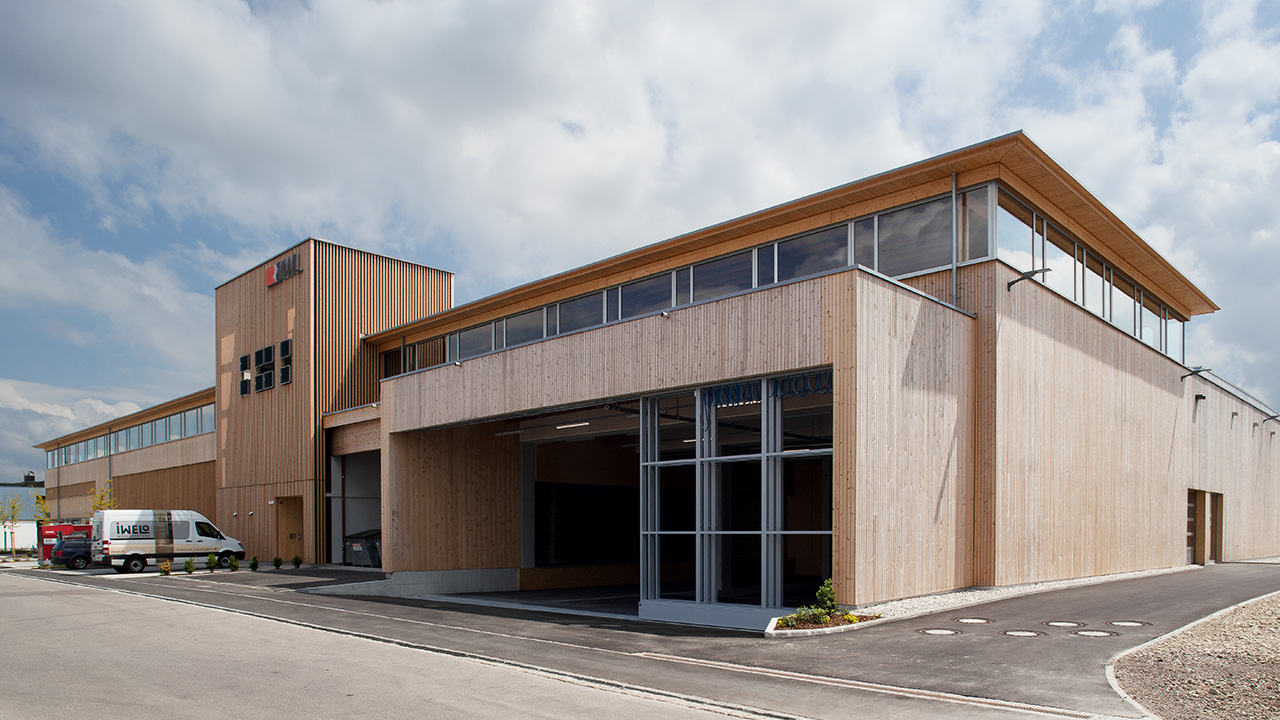carpaneto architekten, fatkoehl architekten, BARarchitekten
Spreefeld
about
The Spreefeld construction project consists of three wood-concrete hybrid buildings in passive house standard, the planning of which was accompanied by the participation of the residents. Within a reinforced concrete structure with prefabricated timber panel walls, there is space for different, individually adapted forms of living and use. In the ground floor zone, there is a mixed use of commercial and communal areas, so-called "option rooms", which were handed over to the residents in their raw construction state. These spaces were then developed according to the needs of the residents themselves. The option rooms and the entire outdoor space, including the riverside area along the Spree, are open to the public. The context of the surroundings played a decisive role from the beginning: the tree stock was preserved in all outdoor areas, so that the 2017 completed residential buildings are embedded in a dynamic green space that could otherwise would only emerge after many years. The participatory planning process can be seen in the facade: The facade structure is largely the result of decisions made by the planners in collaboration with the future residents. The heating system consists of a geothermal system, which is supplemented by a wood pellet heating system and an ice storage cooling system. Photovoltaic systems are installed on all roofs to generate electricity. Due to a solidarity-based financing concept and a participatory planning process, "Spreefeld" has a diverse resident community.
General
Architects:
carpaneto architekten, fatkoehl architekten, BARarchitekten + die Zusammenarbeiter
Specalist Planners:
Partner und Partner, ifb Thal und Huber, Martin Reichel, Mathias Friedrich
Location:
Wilhelmine-Gemberg-Weg 10/12/14, 10179 Berlin
Year Of INAUGURATION:
2014
Storeys:
7
Surface (m²):
9.823
Building costs net (€/m²):
1.725
Legal Status:
cooperative
Use:
residential + community spaces
Typology:
ensemble
Awards:
DAM-Preis 2014 (shortlist), EU Mies Award 2014 (nomination)
CONCEPT & Context
innovation:
solidarity-based funding concept and participatory planning process, public common spaces
spacial configuration:
mix of uses: option rooms and commercial space on the ground floor, residential on the upper floors
infrastructure + accessibility:
exterior space and river bank is accessible to the public
landscape:
urban
CONSTRUCTION
construction:
timber concrete hybrid
envelope:
prefabricated wood panel elements
special detail:
external staircases, accesible rooftops , self constructed community spaces on the ground floor
operation
heating system:
geothermal system, wood pellet heating
cooling system:
ice storage cooling system
sun protection:
exterior sun protection
ventilation System:
ventilation system with heat recovery
energy benchmark (Germany):
KfW 40+
project map

Project Dossier
Download the project dossier as pdf in Din-A4 format. The pdf dossiers are available in english.






















